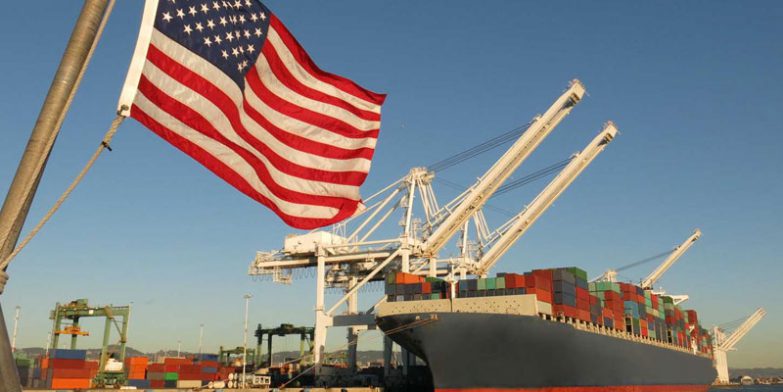
Two weeks after sea freight spot rates from Asia to Europe started to peak, when the scramble for capacity ahead of Lunar new Year subsided, it seems that the US trade lane from Asia may be following suit.
Two weeks is the important timeframe to keep in mind because throughout the Red Sea crisis the spot market from the Far East into US has lagged behind European trade movements by about a fortnight.
For example, on the 1st January, spot rates from the Far East into Europe increased by more than 100%, with trades into the US experiencing their biggest rise of this crisis 15 days later.
Spot rates from the Far East into the US have softened since the last round of GRIs at the start of February, with FAK rates into both the West Coast and East Coast falling slightly, but remaining at very elevated levels.
But a cooling spot market doesn’t mean the crisis is over, because even though it is not being directly affected by the Red Sea crisis, or even the disruption at the Panama Canal, spot rates from the Far East to the US West Coast are still almost 200% higher than the start of last December. (East Coast rates aren’t far behind >140%!)
With BCO contract negotiations for US shippers typically starting at the end of the 1st quarter, the shipping lines will be doing everything they can to make the latest mid-February GRIs stick.
The Red Sea crisis has not just impacted prices from Asia, its effects have been felt far and wide with spot rates increasing on global trades, which are all also moving with a lag relative to the Far East into Europe trades.
Even with the longer sailing distances around Africa to avoid The Suez Canal, there is still plenty of capacity to supply the additional vessels and this is being reflected by the cooling of spot rates on major trades.
Another interesting anomaly we should highlight is the FAK spread for shipments from the Far East into the US East and West coast. The spread between these trades has risen over 100% from a little over USD 800/40’ to over USD 1600 at the end of January.
Movements through the Panama Canal can add around two weeks to the transit time due to the drought there, so for shippers with urgent cargo, or those that want to avoid the current spread levels, we can offer quick, simple and cost-effective rail alternatives to the East Coast.
If you have any questions or concerns about the impact of the Suez situation on your Asia supply chain, or would like to discuss our solution to the US East Coast, EMAIL Adam Davies, our Vice President in the United States.





